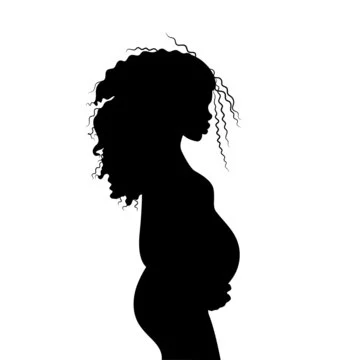Recently, I came across a story about two mothers who, disheartened by the limited options in girls’ clothing, decided to launch a clothing line featuring designs like rocket ships, trains, and dinosaurs—patterns that are typically found in the boys’ section of stores. This sparked a thought in my mind.
I wholeheartedly appreciate the initiative behind offering girls clothing adorned with traditionally “boy” themes. It’s a fantastic move toward inclusivity. But what about the other side of the coin? What about boys who wish to wear clothing with designs that are typically categorized as “feminine”? What about the boys who want to dress up as Elsa for Halloween rather than Olaf?
As a woman, I am firmly devoted to advocating for women’s rights and striving for gender equality. I want to achieve everything that men can and be recognized solely for my intellect and character, rather than my gender. I want the same for my three daughters.
I applaud the growing acknowledgment of girls aspiring to be scientists, astronauts, and superheroes. It’s commendable that society is increasingly supportive of this shift toward gender equality. Women can indeed do anything men can do, and girls can enjoy the same interests as boys. However, when it comes to boys, the narrative often changes.
Take my perspective: If one of my daughters prefers pants over dresses, or sports over dance, it hardly raises an eyebrow. If she excels in athletics, her talents are celebrated, and if she enjoys getting muddy outside, I can confidently share those moments online without fear of judgment. None of the comments I receive would suggest, “Shouldn’t you encourage her to pursue more traditionally feminine activities?” or “I’m concerned that if she plays sports, she might grow up to be a lesbian.”
This is where my frustration lies. My sweet, spirited 5-year-old son is the boy who wanted to be Elsa for Halloween. Although he ended up loving the costume we pieced together, we faced the challenge of finding a “Boy Elsa” outfit since such options are nonexistent. Even in preschool, I hesitated to let him wear a dress for fear of the reactions from other children.
He also adores My Little Pony—yet finding a My Little Pony t-shirt for him has proven impossible. Meanwhile, I can easily find superhero shirts for my daughters, even if it means shopping from the boys’ section, where the designs are neutral enough to avoid ridicule. The girls’ clothing, however, often features frills, pastel colors, and themes that don’t appeal to my son.
As a parent, this poses a constant dilemma. While purchasing a girl’s shirt might bring him joy, I worry about the potential backlash from peers when he wears it to school. My husband and I are caught between encouraging our son’s true self and shielding him from potential bullying, knowing well how damaging a few hurtful comments can be.
So, why is there insufficient dialogue addressing this aspect of gender inequality? Why do we focus on empowering girls while neglecting the emotional needs of boys? Society—along with well-meaning family and friends—often questions our parenting choices, suggesting we redirect his interests or implying concern about his sexual orientation based on his preferences.
We need to discuss this. It’s time to challenge the stereotypes that restrict boys to specific interests while advocating for girls to explore freely. Acceptance should be universal, not limited by gender. This mother is ready for change.
In summary, we must broaden the conversation around gender equality to include the experiences and interests of boys. By fostering an environment where all children can embrace their identities without fear of judgment, we contribute to a more inclusive society. For more insights on navigating parenting and home insemination, check out our other posts, like this one about intracervical insemination. For detailed information on fertility options, you can refer to Hopkins Medicine. Additionally, if you’re interested in home insemination kits, Make A Mom offers a great selection.
